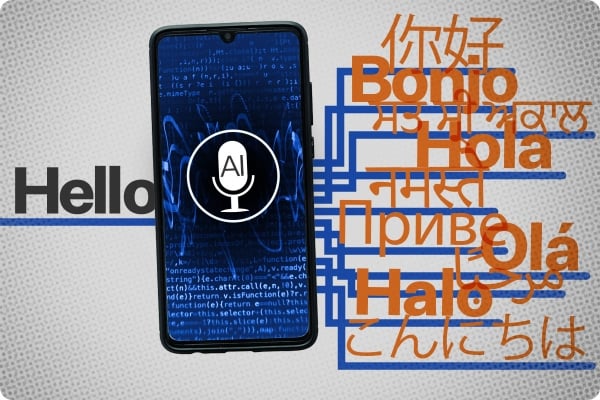The advent of artificial intelligence has brought significant changes to the way we learn and understand languages. One of the most notable areas where AI is making an impact is in translation services. With the rise of platforms like Google Translate and Microsoft Translator, language barriers are becoming less of a hindrance in today’s globalized world.
One of the most popular films that depicts the complexities and challenges of language translation is Lost in Translation. Directed by Sofia Coppola, the movie follows the story of two lost souls in Tokyo who form an unlikely bond despite their language barriers. The film beautifully captures the frustrations and humor that come with trying to communicate in a foreign language, highlighting the importance of human connection in our increasingly interconnected world.
AI tools like Google Translate are changing the way we learn and understand languages. These tools use machine learning algorithms to analyze vast amounts of data and produce accurate translations in real-time. By harnessing the power of AI, language learners can now access a wealth of resources and information that were previously inaccessible, helping them to better understand and communicate in foreign languages.
However, while AI translation tools offer convenience and accessibility, they also raise concerns about the potential loss of human connection in the learning process. Language is not just about words and grammar – it is also about culture, context, and emotion. When we rely too heavily on AI for translation, we risk losing the nuance and complexity of language that make communication truly meaningful.
In Lost in Translation, the characters played by Bill Murray and Scarlett Johansson struggle to convey their thoughts and emotions in a foreign language. Despite their difficulties, they find a way to connect and communicate on a deeper level. This human connection is something that AI cannot replicate.
As we continue to harness the power of AI in language learning, it is essential to remember that technology should complement – not replace – human interaction. While AI tools can help us navigate the complexities of a foreign language, they should not be a substitute for the personal connections and experiences that come with learning a new language.
Lost in Translation reminds us that language is not just about words – it is about understanding, empathy, and connection. As we embrace AI in language learning, let us also remember the importance of human interaction in the learning process. By striking a balance between technology and human connection, we can truly unlock the power of language and communication in our diverse and interconnected world.



